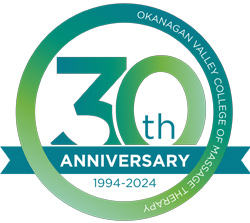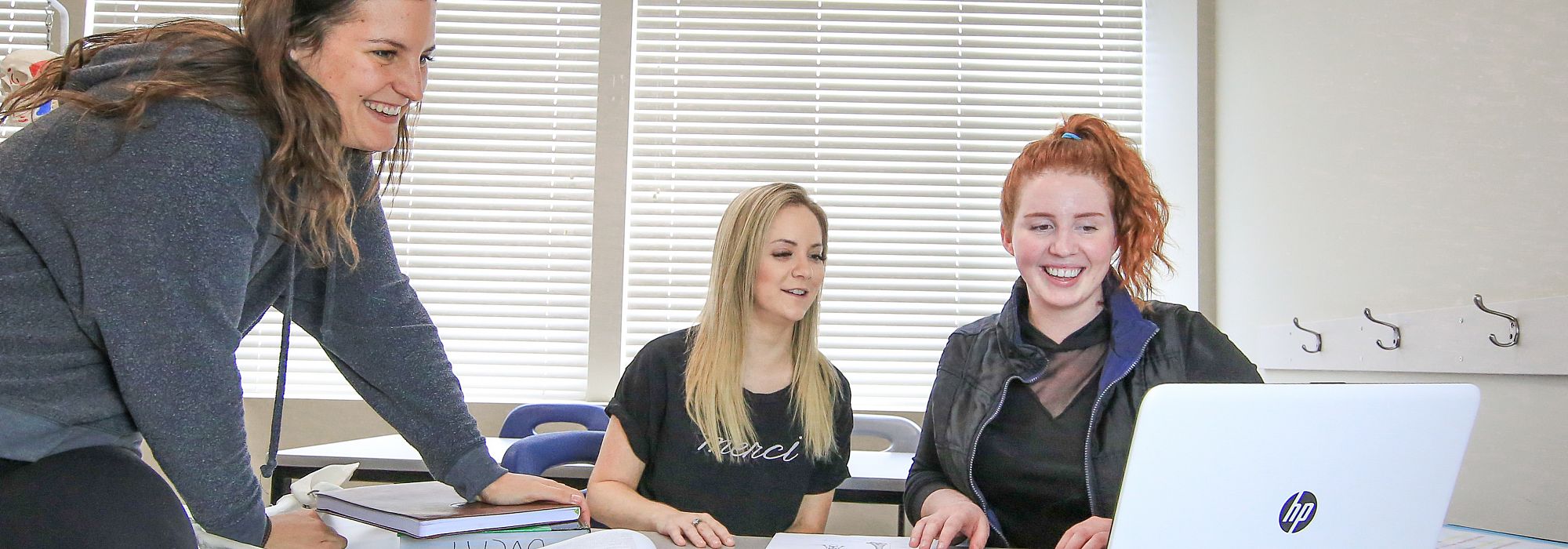Year One
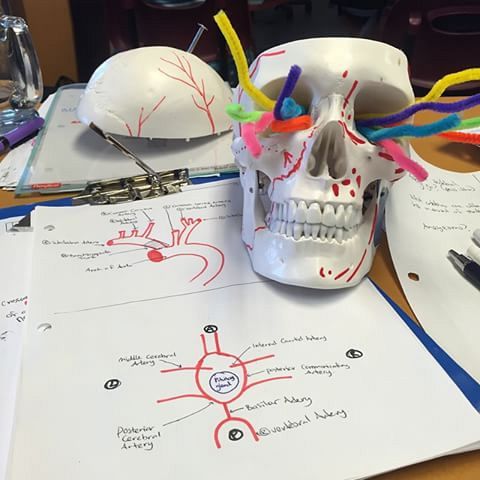
Anatomy & Physiology AP100, 200, 300
AP100 - This course presents an introduction to the structure and function of the human body. Topics include medical terminology, building blocks of life (basic chemistry), major tissues and all organ systems of the body. .
AP200 and AP300 - These courses are a continuation of the study of structure and function of human body. Many systems of the body are studied, keeping in mind the inter-relatedness of these systems. A few classes will be devoted to nutrition and to exercise physiology.
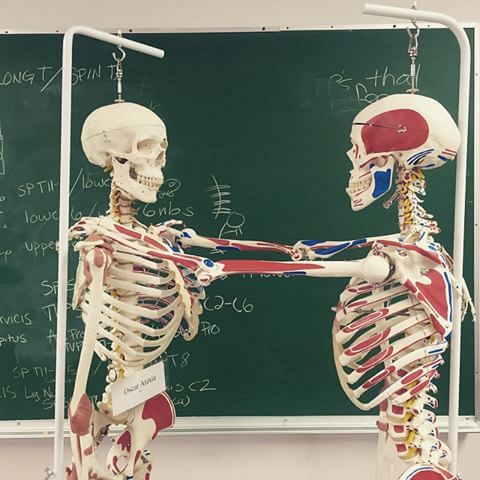
Musculoskeletal Anatomy MS100, 200, 300
MS100 - In this challenging course, students learn the bones, muscles, ligaments and joints of the body using a regional approach. Palpation is taught as an integral part of this learning.
MS200 and MS300 - These courses are a continuation of Musculoskeletal Anatomy 100, and are designed to gain knowledge of the gross anatomy of the human musculoskeletal system and fundamentals of bio-mechanics related to specific joints. These courses will also have a significant palpation component that will set the foundation for future courses.
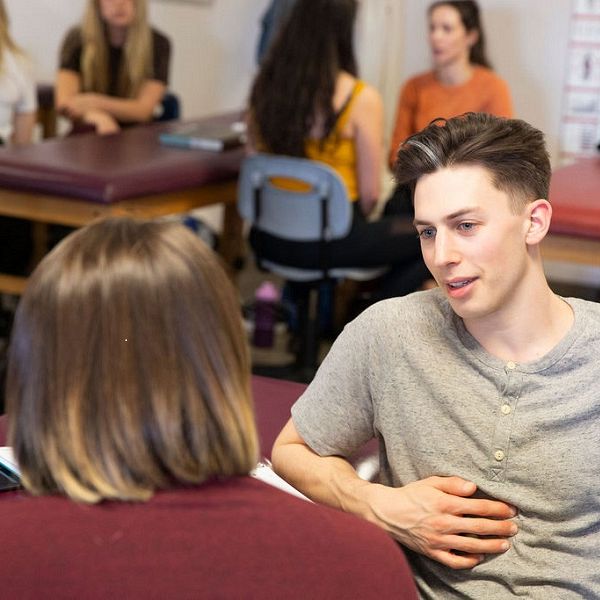
Communication & EthicsCE100, 200
CE100 - This course covers communication skills and key ethical issues in the massage profession. We identify, understand, and apply professional conduct and ethics related to clear boundaries and effective therapeutic relationships. Topics include ethical business practices; professional values clarification, critical thinking and problem solving related to ethical issues, conflict resolution and negotiation skills. Students are invited to enhance emotional intelligence through self reflection and collaborative dialogue with classmates.
CE200 - This course covers laws relating to healthcare professionals, and registered massage therapists specifically. Healthcare regulation in BC, CCHPBC bylaws, and standards of practise are covered with further development of communication skills introduced in CE100
Year Two
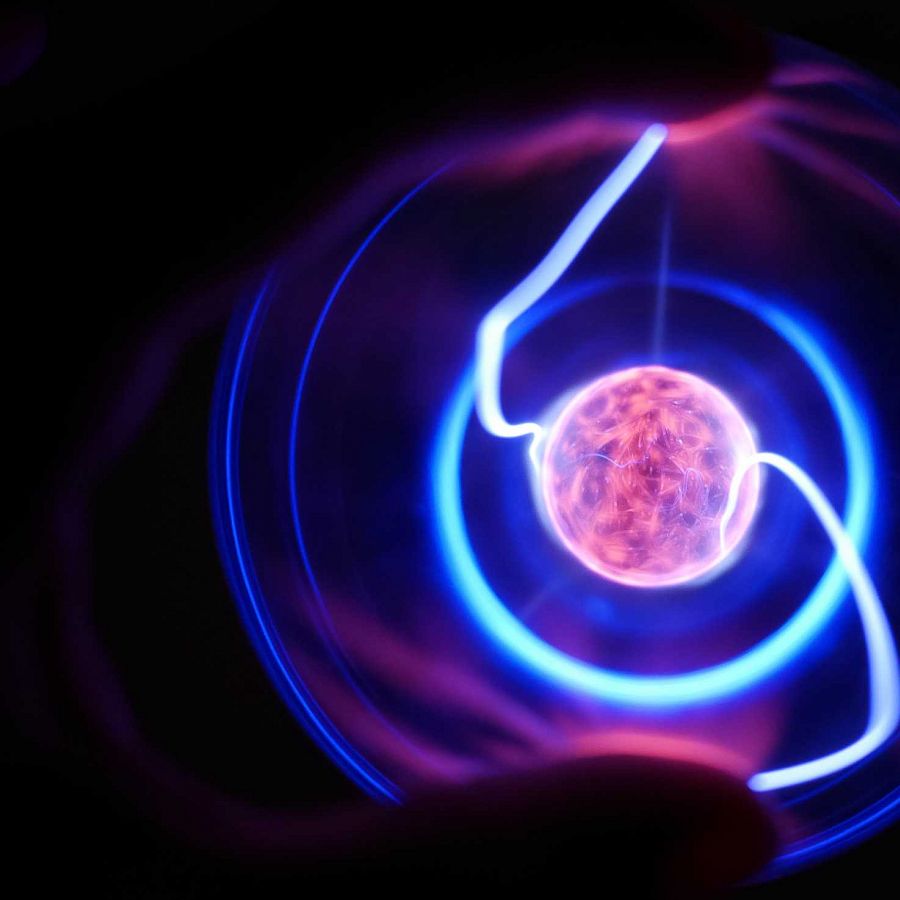
PathologyPATH400, 500
PATH400 - Pathology is defined as the study of the nature and cause of disease, which involves changes in structure and function. Student's understanding of anatomy and physiology will be applied in the study of pathologies. Pathology 400 includes the study of General Pathology and Musculoskeletal Pathology.
PATH500 - Pathology 500 is the continuation of Pathology 400 Course. It builds on your knowledge of Pathology 400, and Anatomy and Physiology 100, 200 and 300. Main emphasis of the course is on the pathophysiology and clinical manifestations of common systemic disorders. The course includes pharmacology classes about basic concepts, use, effects and side effects of medications.
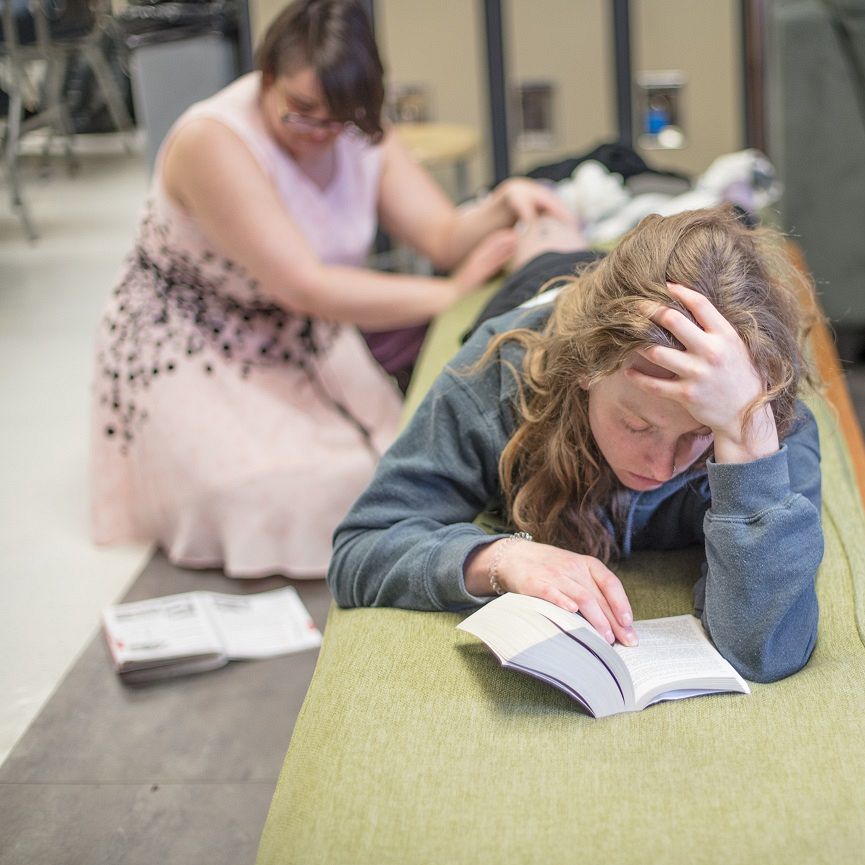
Research RSH400, 500
RSH400 - Research plays an important part in the development of the massage therapy profession. Students will be presented with basic principles to enable them to read, recognize, understand and critique current research.
RSH500 - Research 500 is the continuation of Research 400. In this course, students will prepare a case report for publication.

Business 600BUS600
BUS600 - This course offers an introduction to small business including: - Entrepreneurship: business structures and their characteristics, i.e. partnerships, incorporation, advantages and disadvantages - Setting effective goals: developing a mission statement and a business plan - Marketing strategies; Small business accounting, and the massage therapy practice as a business.
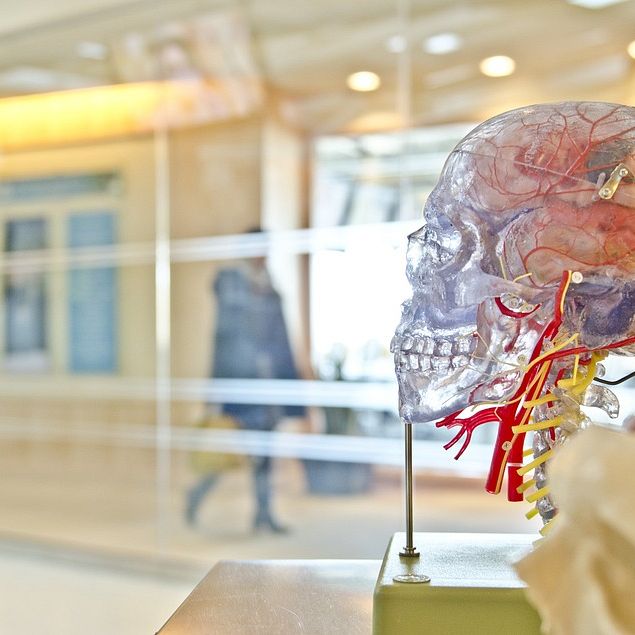
NeuroanatomyNA400, 500
NA400 - This course takes a more in-depth look at Neuroanatomy, including topics such as peripheral nervous system and nerve physiology. Neuropathology will be included and integrated with neurological assessment.
NA500 - This second-year course is devoted to the study of neuroanatomy, neurophysiology, neuropathology and treatment of conditions of the central and peripheral nervous systems. This course includes topics such as higher brain function, learning, memory and more. It builds on previous material and complements academic and practical classes in second year.
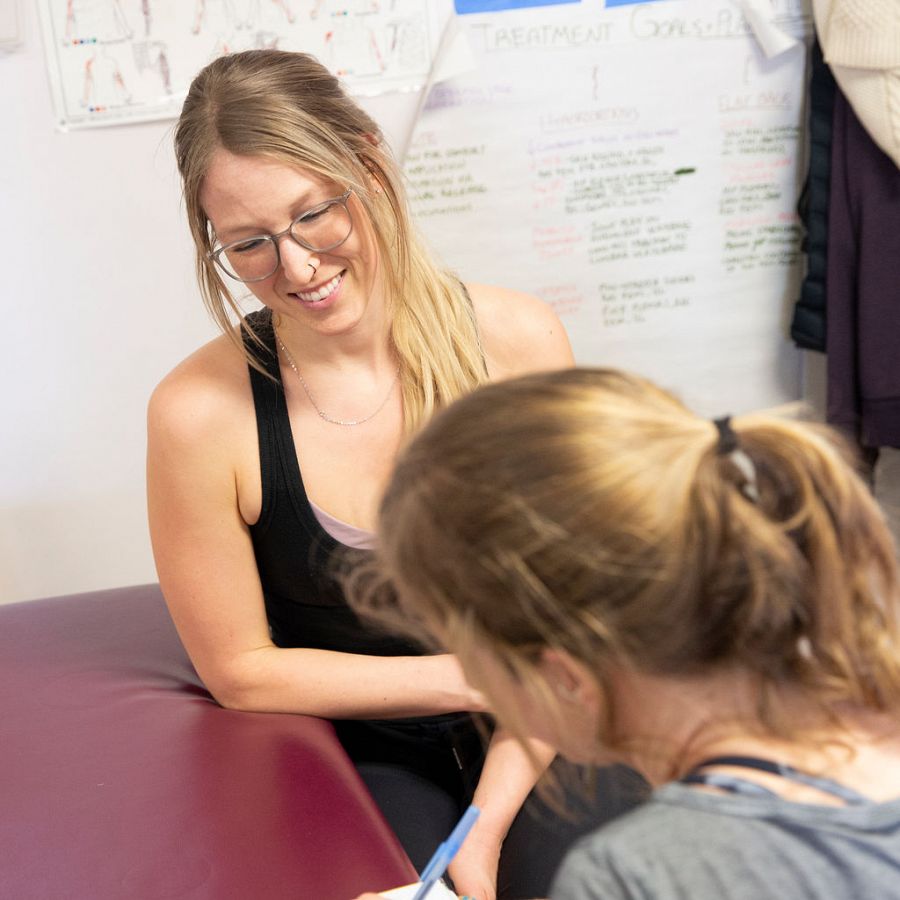
Integrated ScienceINTSCI600
INTSCI600 - Students will integrate knowledge from Anatomy, Physiology, Pathology, Neuroanatomy and Clinical Theory and Practice. There will be an emphasis on case-based learning, applying the concepts taught in both practical and academic classes to case scenarios. This class is designed to help prepare students for the integration of material required for their board exams.

